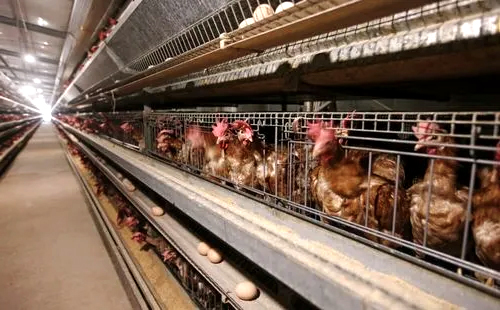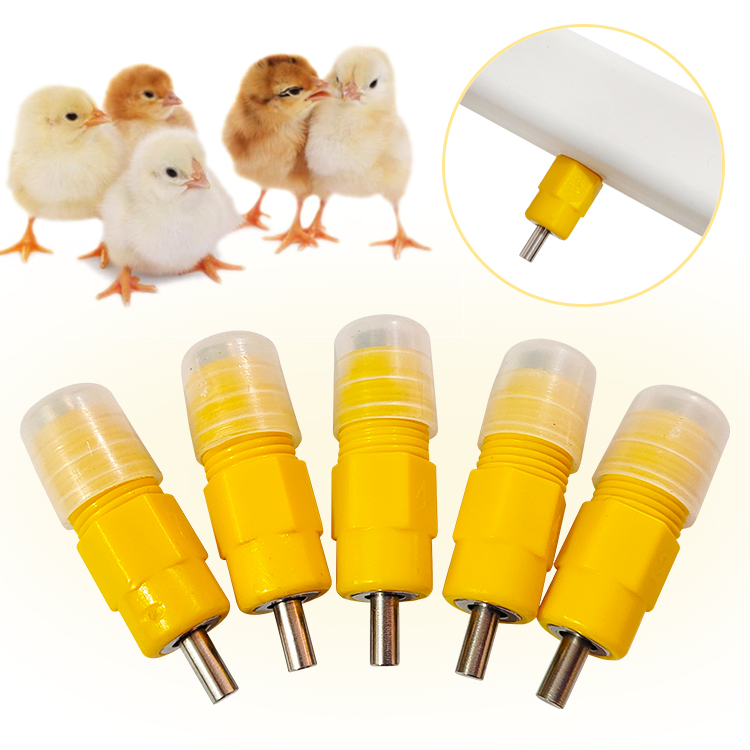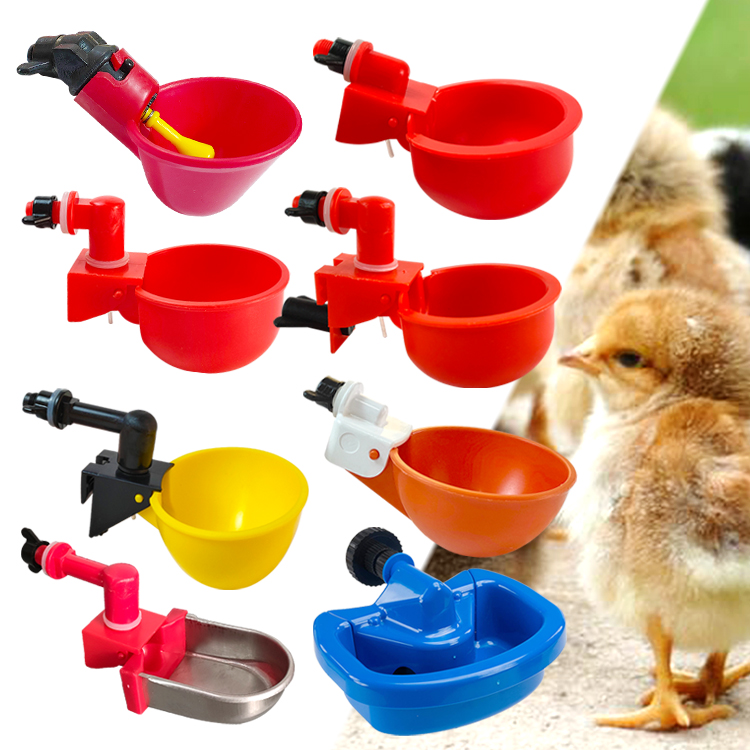News
1. Feed: Free-range chickens look for forage, insects, minerals, corn, rice, wheat, soybean meal, etc. in the natural environment. The sources of feed are diverse and fresh. Cage chicken is fed concentrated feed to provide growth and production needs, and the variety of feed is single;

2. Feather: The feathers of free-range chickens are compact, bright, and neat; the feathers of caged chickens are relatively poor and irregular, because of the high stocking density and are often accompanied by beak hairs;
3. Meat quality: Free-range chicken has a tight muscle structure, less oil, nutrition, good taste, high protein, and low fat. Cage chickens eat more concentrated feed and less exercise, the egg body is large, and the water ratio is high.

4. Egg: British researchers found that free-range eggs have 50% higher folic acid content and 70% higher vitamin B12 content. These data are higher than cage-raised chickens. Another study showed that free-range eggs were much higher in vitamin E and unsaturated fatty acids than caged eggs. Researchers from the University of Pennsylvania in the United States said that because free-range hens can move freely and bask in the sun, their metabolism and absorption are natural and normal, and the synthesis of various beneficial elements in eggs is guaranteed. Japanese scientists have found that the vitamin D content of free-range eggs is much higher than that of caged eggs.
Statement: Some of the information on this site comes from the Internet. If there is any errata, please contact us at any time, we will delete it immediately if there is any infringement.

Pulished on Dec. 04, 2025

Pulished on Sep. 05, 2025